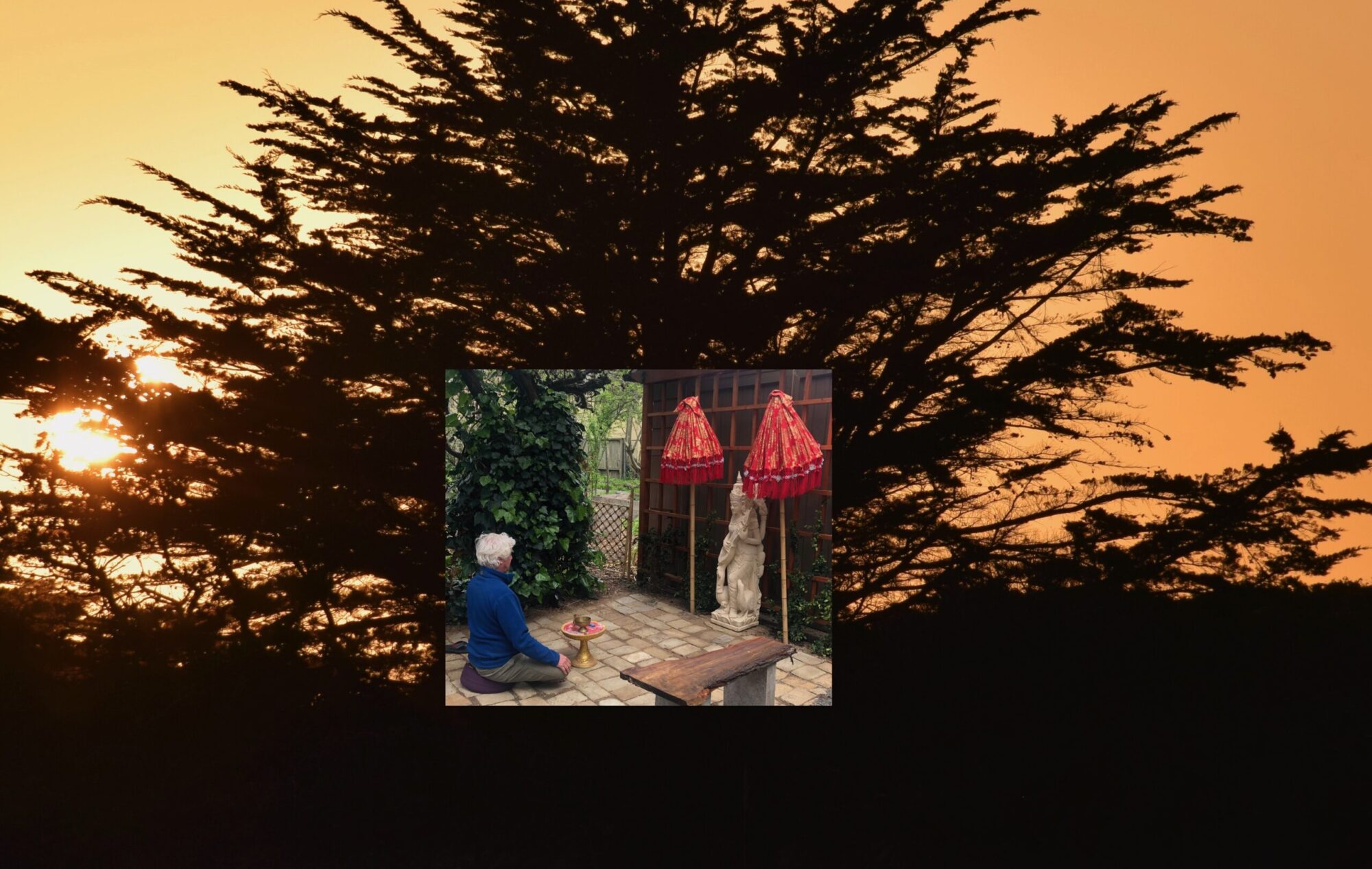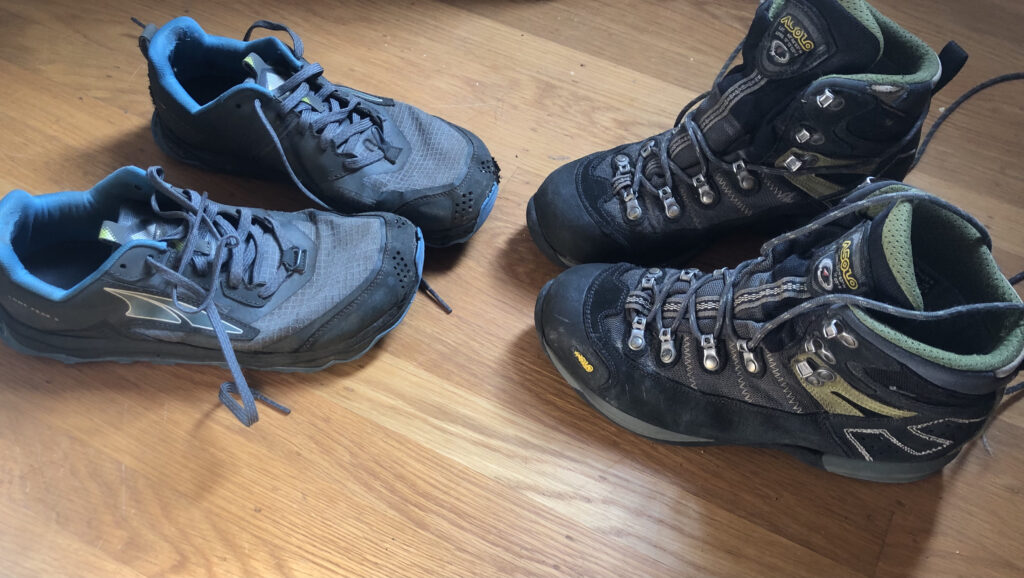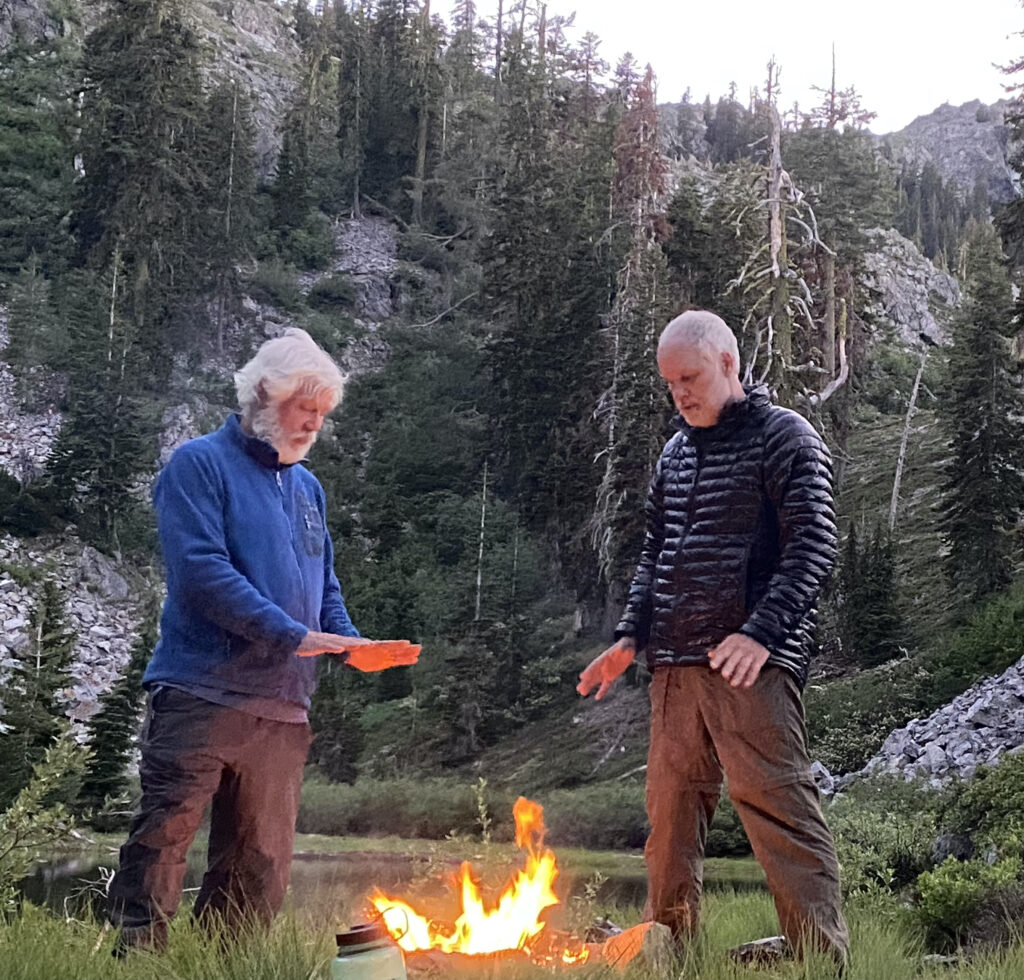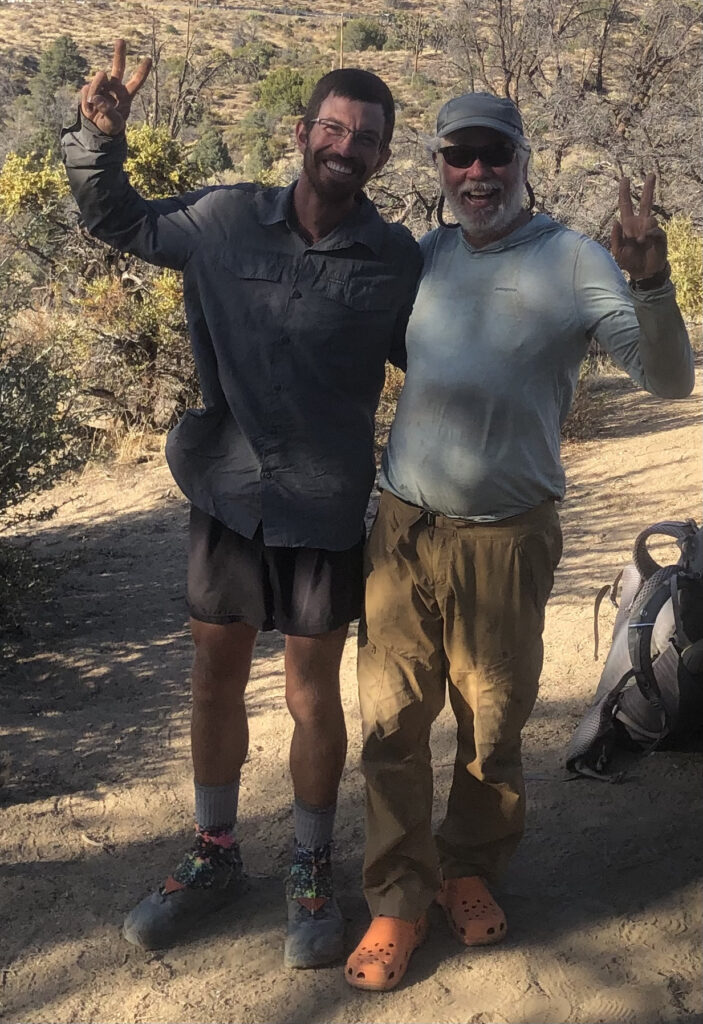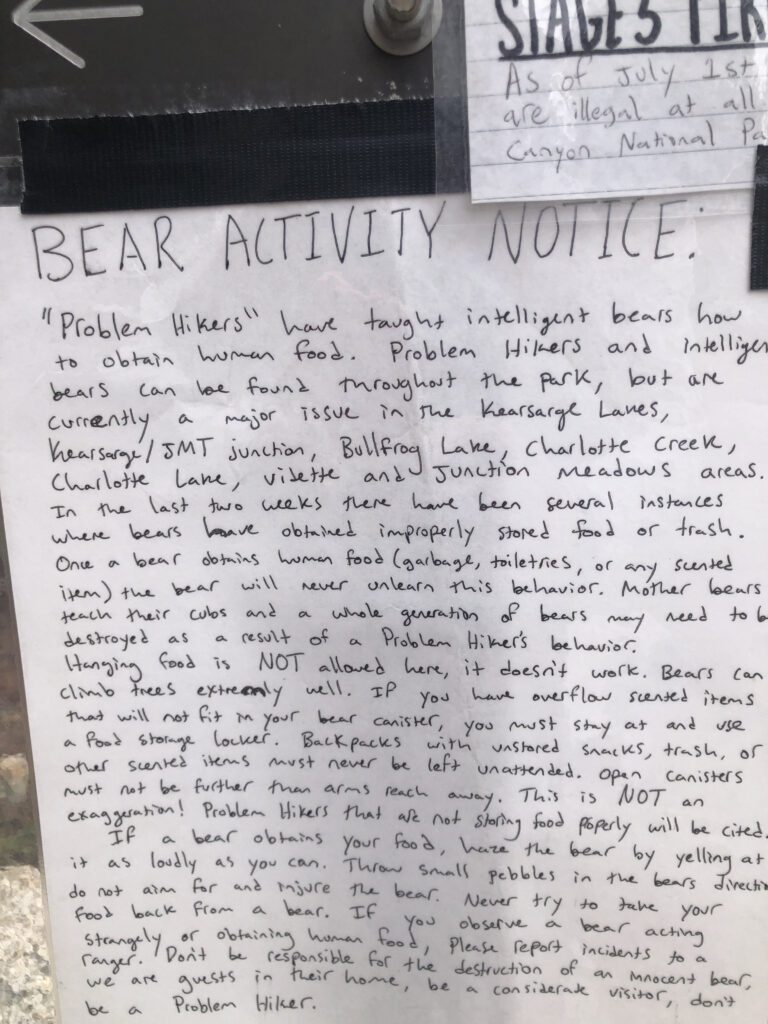
“That bear needs to be put-down,” said the PCT hiker after a night it wreaked havoc at Lake Gilmore in Tahoe’s Desolation Wilderness. That smart ursine climbed trees to collect hung food bags, poached trail mix from backpacks, and even entered a tent where a PCT hiker was using his food bag as a pillow. In other words, one very smart, very hungry and very aggressive bear.
“You can’t have bears barging into tents and taking people’s food,” the man said. I asked: “Did you bring a bear canister?
“They aren’t required here, and besides I don’t camp in designated campsite,” the guy answered. I suppose that meant, no. He didn’t use a bear can.
“And they weigh 3 pounds,” I offered. “Yeah, that too. And the odds of a bear taking your food are very slim,” he added. Let’s be clear, after many months hanging out with PCT hikers: It’s all about the extra weight.
I also did the math. There were 20 campers at Lake Gilmore that night, only me and one other person were exempted from the bear’s rampage, probably because he was too stuffed. I think that works out to 90% of the campers provided bear food that night. Maybe not slim odds.
There are a lot of inexperienced backpackers walking in the Desolation Wilderness who have no clue how to protect themselves from bears attacking their food. You would think that PCT thru hikers who have been on the trail for months would know how to do so, but amazingly they have convinced themselves that they are immune from such dangers, and that it’s perfectly reasonable to “put-down” bears that are causing problems rather than changing their own bad habits.
And I get it. Carrying a bear canister that weighs 3 pounds is 10% of your total weight if your pack is 30 pounds. For ultra-light hikers, that canister might be 30% of their entire pack weight. (Lots of advanced math in this blog.)
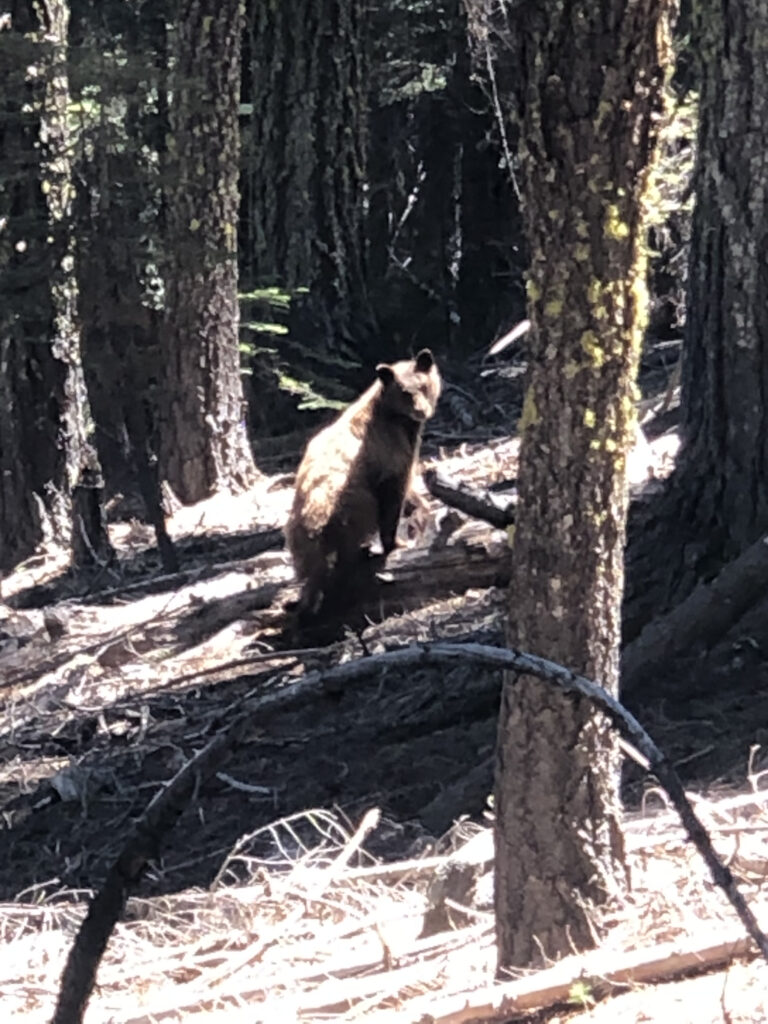
But you aren’t doing yourself, other hikers or the bears any favors by choosing less weight over safety in bear country. That aggressive Lake Gilmore bear may very well be killed (put-down) for its behavior. Or it will teach its cubs that unprotected human food is a more convenient diet rather than eating the old-fashioned way by foraging on berries and other boring forest food.
Bottomline: The cost of peace-of-mind in bear country weighs 3 pounds.
